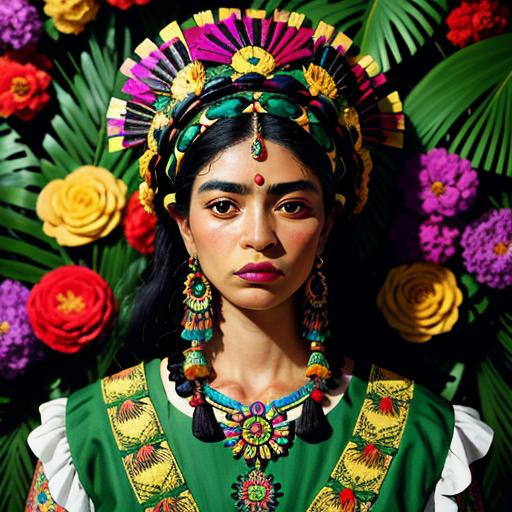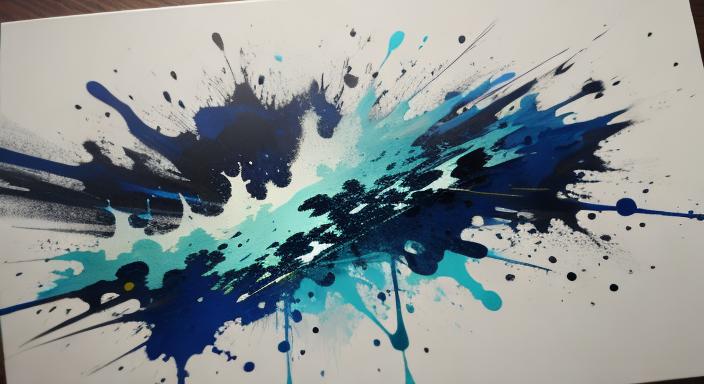In the brightly lit halls of galleries and museums, names like Van Gogh, Da Vinci, and Frida Kahlo hang above iconic works, etched in our collective memory. Yet, for some artists, the name on the canvas isn’t the one they were born with. Throughout history, painters have embraced pseudonyms in art, shedding their given names for aliases that became their artistic identities. These pseudonyms, often shrouded in mystery, offer a glimpse into the motivations and challenges faced by these creative minds.
Crafting a Marketable Persona
One of the most compelling reasons for adopting a pseudonym is the desire for a more marketable persona. In the 20th century, Caterina Albert (1869-1964), an Italian housewife who began painting in her late 70s, took on the moniker “Grandma Moses.” This folksy name resonated with audiences, creating a relatable image that contrasted with the often-elitist art world. Grandma Moses became a brand, a testament to the power of pseudonyms in art.
Navigating Gender and Social Barriers with Pseudonyms
Artemisia Gentileschi (1593-1656), a pioneering Baroque painter, might have benefited from the ambiguity surrounding her first name. In a male-dominated field, “Artemisia,” which can be read as masculine or feminine, could have helped her gain recognition in a society where women artists struggled for legitimacy. This highlights how pseudonyms in art can navigate social barriers.
For some artists, a pseudonym offered a shield against prejudice or discrimination. In 18th-century Venice, where female artists were largely excluded from prestigious academies, Rosalba Carriera (1675-1757) rose to fame as a portraitist. However, she signed her works simply as “Rosalba,” a gender-neutral name that allowed her to navigate the art market without facing initial bias.
The Art of Self-Reinvention with Pseudonyms

Beyond marketing and social barriers, pseudonyms in art can also be a form of self-reinvention. Michelangelo Merisi da Caravaggio (1571-1610), the Italian master of dramatic lighting, likely adopted the shorter “Caravaggio” for reasons of simplicity. It might have also served as a way to sever ties with his hometown, a place he fled after a brawl.
El Greco (1541-1614), the Greek-born artist whose real name was Domenikos Theotokopoulos, chose a pseudonym that announced his heritage. “El Greco” means “The Greek” in Spanish, signifying his cultural identity within the Spanish art world he called home. This act of self-naming allowed him to claim his space in a foreign land.
Playful Acts of Self-Expression

Pseudonyms in art can also be a playful act of self-expression. Sophie Taeuber-Arp (1889-1943), a Swiss artist known for her geometric abstractions, sometimes signed her work as “sTat,” a playful abbreviation that embodied the essence of her artistic style. Similarly, the Italian Renaissance painter Jacopo Carucci (1494-1557) adopted the more whimsical “Pontormo” after his hometown, adding an element of mystery and intrigue to his work.
The Mystery of Motivation Behind Pseudonyms in Art
Uncovering the reasons behind a pseudonym can be a detective’s game. In the case of Balthus (1908-2001), the enigmatic Polish-born painter known for his unsettling portraits of young girls, the motivation remains unclear. Some speculate it was a way to distance himself from his aristocratic family, while others believe it was simply a name he liked. The mystery of pseudonyms in art adds another layer of intrigue.
The Legacy of Anonymity
The mystery surrounding pseudonyms in art isn’t always a bad thing. It can add another layer of intrigue to an artist’s legacy. For instance, the identity of the 17th-century Dutch painter known as the “Master of the Playing Cards” remains unknown. Their evocative still lifes, signed with a single spade symbol, have become iconic, a testament to the power of their work despite the anonymity.
Modern Pseudonyms: Street Artists
The use of pseudonyms in art isn’t confined to the past. Today, street artists like Banksy and Shepard Fairey continue the tradition. Their anonymous identities allow them to make powerful social and political statements without fear of reprisal.
Banksy, the elusive king of street art, has turned anonymity into an art form. With works appearing overnight on walls from London to New York, he’s a modern-day Robin Hood of spray paint, challenging authority and societal norms.
As Banksy himself quipped, “People say graffiti is ugly, irresponsible and childish… but that’s only if it’s done properly.”
His most famous stunt involved shredding his own artwork at a Sotheby’s auction in 2018, a move that doubled the piece’s value and left the art world in shock and amusement.
Shepard Fairey, another iconic street artist, is best known for his “Obey Giant” campaign and the famous Barack Obama “Hope” poster. Fairey’s work blends street art with graphic design, using his pseudonym to navigate the complexities of the art world. He once stated, “Art should be something that liberates your soul, provokes the imagination and encourages people to go further.”
The anonymity of artists like Banksy and Fairey allows them to address controversial issues without fear of personal retaliation. Their works critique political figures, question economic systems, and highlight social injustices. This freedom protects them from legal repercussions and adds an air of mystique to their art, making each new piece a topic of global conversation.
Conclusion
The world of pseudonyms in art offers a fascinating glimpse into the motivations and challenges faced by artists. Whether it’s for marketing, self-reinvention, or social commentary, these chosen names become a part of the artistic narrative, adding another layer of meaning to the works they adorn. As we stand before a masterpiece, it’s important to remember that the name on the canvas might not be the whole story. In some cases, it’s just the beginning of a deeper journey into the life and motivations of a truly creative mind.



